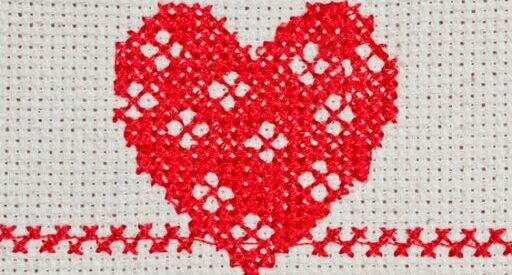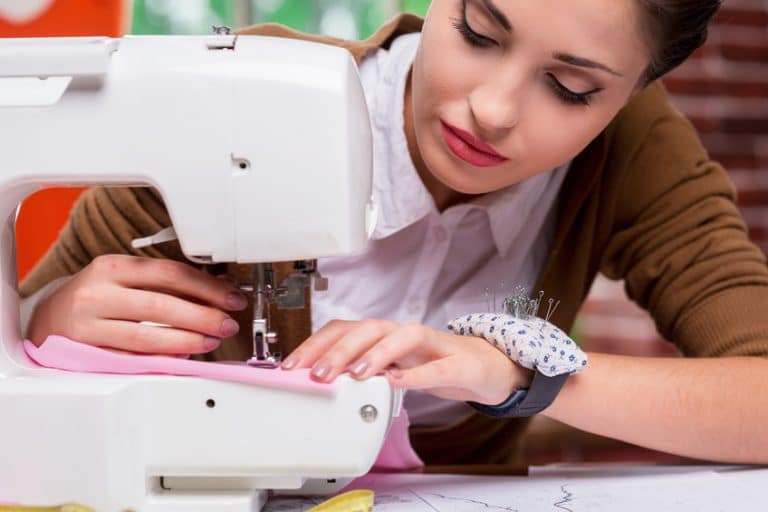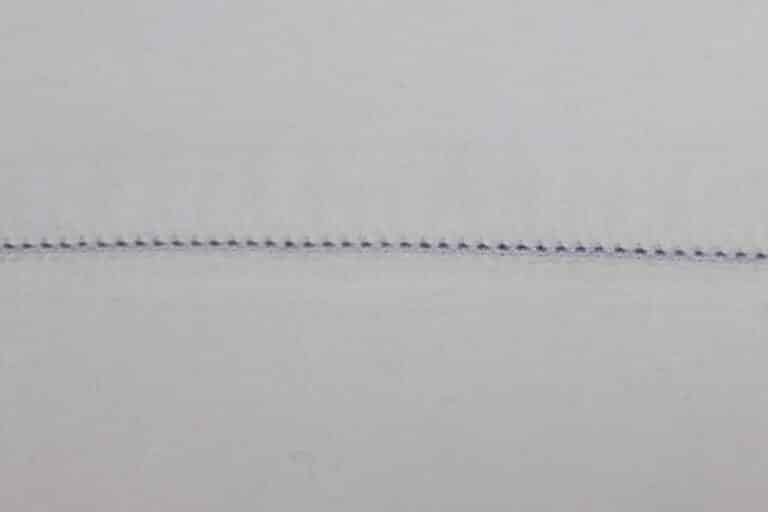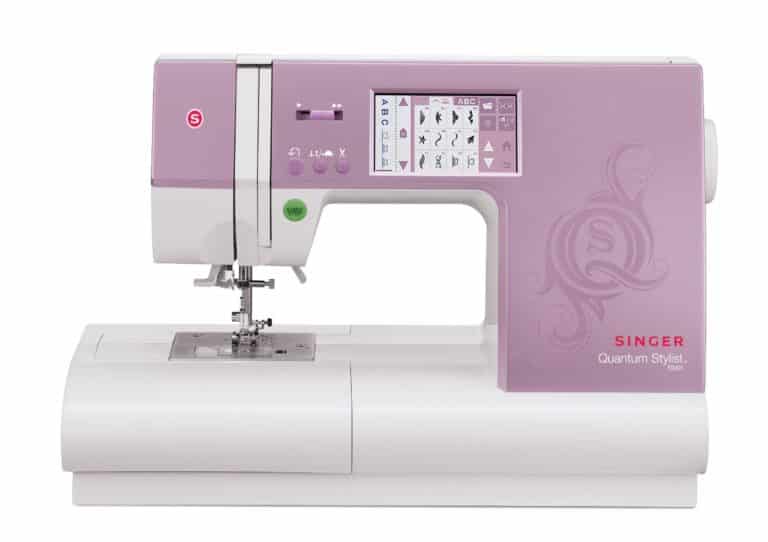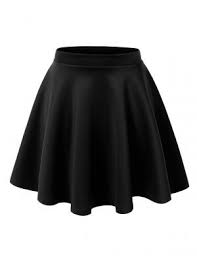Suede Fabric: History, Properties, Uses, Care, Where to Buy
Table of Contents
Introduction to Suede Fabric
Suede fabric is a type of leather with a smooth, velvety finish because it is manufactured from the underside of animal skin. The underside of animal skin is significantly softer than the outermost layer but has significantly less resistance to pollutants and elements.
Although it does not have the same strength and durability as regular leather, suede is significantly more pleasant to the touch and provides superior comfort when worn next to the skin.
What is the History of Suede Fabric?
The French word “Gants de Suede,” which means “gloves of Sweden,” is the origin of the phrase “suede.” Purchases of Swedish leather became extremely popular among the nobles in France during the Romantic period. Women’s gloves were made of the delicate inner skin of animals rather than the hard outer hide.
Swedish and European artisans realized that suede could be used for much more than just gloves after a few decades of limited manufacture. Suits, boots, and bags were among the first items made from suede, but as the industry grew, so did the variety of items.
In prehistoric periods, evidence shows that Neolithic communities relied heavily on animal skins for their textiles, and this practice continues to this day.
The range of leather products accessible today and the technical skill required to manufacture current leather materials distinguish modern leather from its archaic equivalents.
Properties of Suede Fabric
- Suede fabric has a fuzzy finish.
- Normal leather is shiny and waterproof, while suede is porous and stains easily.
- The fabric has good heat retention abilities.
- Unlike conventional leather, suede is thinner, making it ideal for sensitive textiles.
- It is notably difficult to clean; machine washing can destroy it.
How is Suede Fabric Made?
Any animal skin can be used to make suede. The bottom half of an animal skin is split from the top to generate the delicate, flowy leather known as suede. This signifies suede is split leather, as compared to full-grain leather.
In other cases, leather producers will turn the leather hide over so that the underside faces outward, creating the impression of suede but with the same strong and rigid leather qualities. However, this isn’t suede at all.
The suede’s texture is often velvety when made from lighter leathers, such as the skins of young animals. When a hide originates from an older or thicker animal, such as a cow, the nap, or elevated hairs on the body of the cloth, can be firmer.
Where is Suede Fabric mostly made?
The fact that China is the most prolific manufacturer of leather goods lends validity to the claim that this Asian fabric powerhouse is also the most prolific manufacturer of suede.
On the other hand, certain reports say that Europe, and not China, has the highest market share in the development of suede.
Common Uses and Applications of Suede Fabric
Suede fabric is used for various garments along with different products.
Daily wear
In particular, it is utilized in the production of jackets. It is a useful textile for making cold-weather apparel.
Footwear
The supple nap of suede lends slides, boots, and loafers an attractive appearance while providing the necessary stability.
Other products
Starting as a glove material, suede is now fashionable in everything from gloves to handbags to belts. Because of its distinctive look, accessories like bags and belts can be made from suede. The material is even used for making car seat covers.
Sewing with Suede Fabric
Suede fabric is a multipurpose fabric that requires special attention when sewn. Although the thin material is simple to cut with a pair of fabric scissors, it is still difficult to sew.
If one wants to get ideal results with their sewing, they should be sure to employ the appropriate sewing essentials, sewing notions, and supplies.
When sewing patterns and designs on the fabric, ensure your seams are well-trimmed. Use a wonder clip instead of pins to keep your seams together.
The sewing threads used can be all-purpose polyester or cotton, depending on the composition of the fabric. You should also use the best sewing machines like the Brother SE600 for the best results.
Suede fabric can be sewn in various ways, so long as you keep these minor tips and tricks in mind.
Coloring Your Suede Fabric
It is feasible to dye suede fabrics, even though it may seem impossible. This can benefit both designers and customers who have specific tastes and needs. The Rit All-Purpose Liquid Dye can be used for your suede fabrics, which is also currently the best fabric dye available in the market.
How to Care for Suede Fabric?
While suede fabric requires professional cleaning, there are a few things you can do at home to keep the look of your suede intact.
Cleaning and drying
- Suede should not be exposed to water in any way. The water will wreak havoc on the material, and the harm is irreversible.
- Using a suede brush with brass or nylon hairs will help maintain the nap clean.
- It’s a good idea to use a suede eraser to scrub stains from suede.
- A moist stain on your suede fabric can be treated using talc powder. A stubborn discoloration can be removed from the textile by using white vinegar.
Ironing
- Using a shark steam iron, press the fabric on the wrong side
- Use a low heat setting and a press cloth
- Be cautious as too much heat can flatten the fabric.
Where to Buy Suede Fabric?
Suede fabric can be acquired from fabric and garment retailers. Clients can also acquire suede fabric from online retailers and websites like Fabric.com and Amazon, which have the best Suede fabric available. Depending on the seller, it can be sold in several ways, such as by the yard or in bundles.
Conclusion
Suede fabric has been around since the earliest of times and has played an important part in how the fabric is used for garments and products in the modern-day.
Sources
